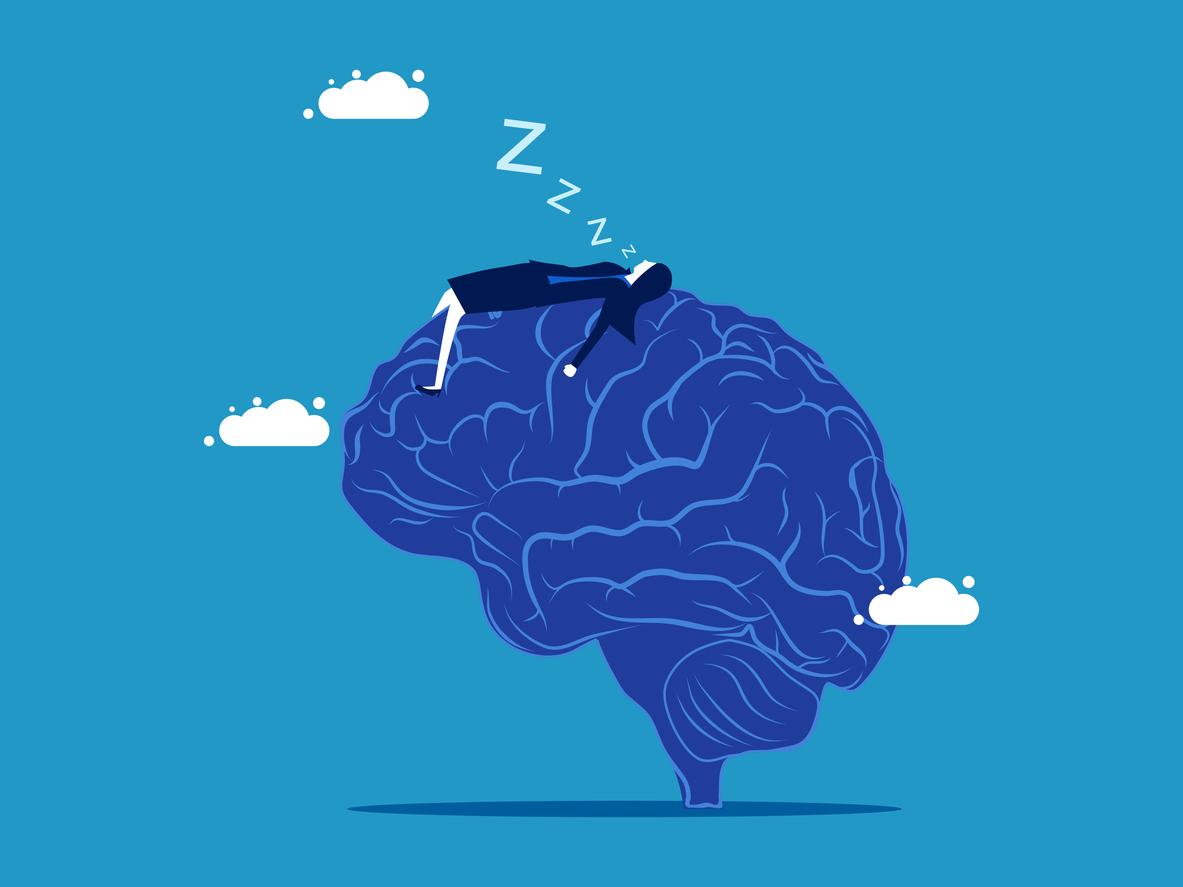It will take about three weeks for Thomas Pesquet to readapt to life on Earth, after six months on the International Space Station.

- Thomas Pesquet will be subjected to a battery of scientific tests for three weeks, intended to observe the effect of a long stay in orbit on the human body.
- Regarding rehabilitation, the objective is to reaccustom one’s body to life on Earth: regain balance, rehabilitate the heart and muscles.
- In total, the return period lasts about six months, during which the astronaut is neither on a mission nor assigned to a new project.
This Tuesday, astronaut Thomas Pesquet has just returned to Earth after 199 days spent in the International Space Station (ISS). He landed overnight in the Gulf of Mexico, off Florida, after a harrowing return trip of almost eight hours. The euphoria of the return passed, Thomas Pesquet will have to undergo rapid medical tests in the United States before flying to Cologne, Germany, where the European Astronaut Center is located.
Then it’s Akihiko Hoshide’s turn @Aki_Hoshide ???????? and Thomas Pesquet @Thom_astro ✌️✌️#MissionAlpha #Crew2 pic.twitter.com/tt0iQYXWR1
— CNES (@CNES) November 9, 2021
Three weeks of testing and rehabilitation
Thomas Pesquet will be subjected to a battery of scientific tests for three weeks, intended to observe the effect of a long stay in orbit on the human body. A phase of medical examinations which also allows the astronaut to observe a “rehabilitation period”, as former French astronaut Michel Tognini told France info. Once this is over, he will take a little vacation. The first “for many months”, he specified, adding that his mission was “very, very intense”.
Regarding rehabilitation, the objective is to reaccustom one’s body to life on Earth. “The heart has shrunk, the muscles are weak, we feel heavy”, listed Michel Tognini. In the first place, “the heart must return to its earthly form, he details. He shrunk in space. The left side of the heart and the right side shrink differently. As the blood gets to the brain quickly thanks to weightlessness, the body doesn’t need to be as big as it is on earth.“A whole bunch of data will also be collected to help gather scientific data on the effect of microgravity on the human body.
Back to gravity
After several months spent in micro-gravity, the body must readapt to gravity. “We feel heavy, the arm weighs a ton, remembers Michel Tognini, who spent more than two weeks in space in the 1990s. The neck muscles are weakened. There are lots of little muscles that we don’t really know well, but which are weakened because we were in weightlessness for a long time..” He will also have to regain his balance and relearn how to stand. “Like a little child learning to ride a bike”, described Franck De Winne, chief of astronauts of the European Space Agency (ESA), to the echoes. After a day, he will be able to walk again on his own and, a few days later, to run.
In total, the return period lasts about six months, during which the astronaut is neither on a mission nor assigned to a new project. Then, he should stick to communication operations as was the case after his first mission. Then, he will return to his post at ESA before why not, as he wishes, a new, more distant mission.
A pride to have represented France once again in space! Next time, the Moon? Finally, we have to return to Earth first, and then… a little rest.#MissionAlpha pic.twitter.com/YYjnY5FxLv
— Thomas Pesquet (@Thom_astro) November 8, 2021
.

















